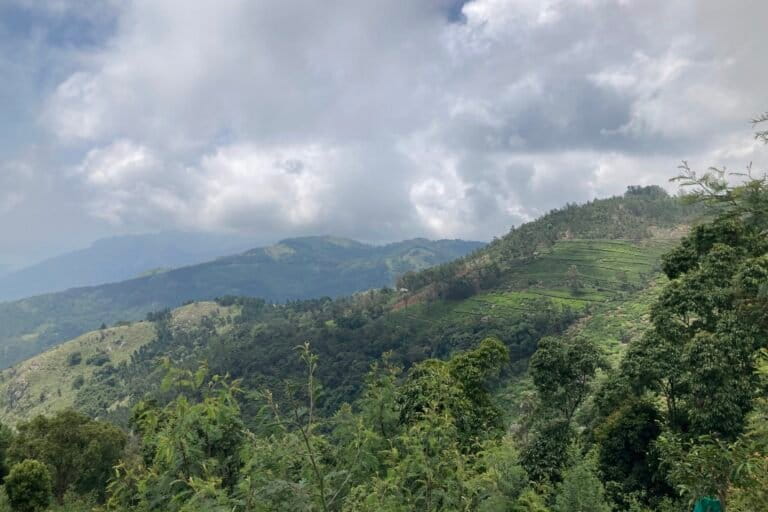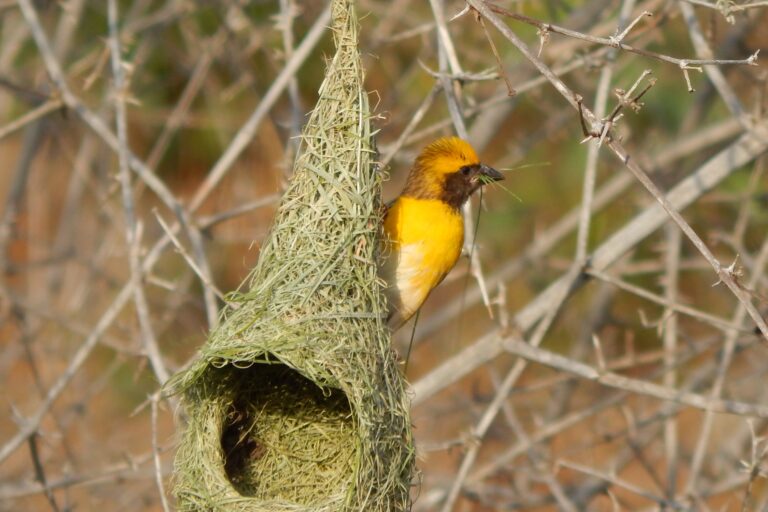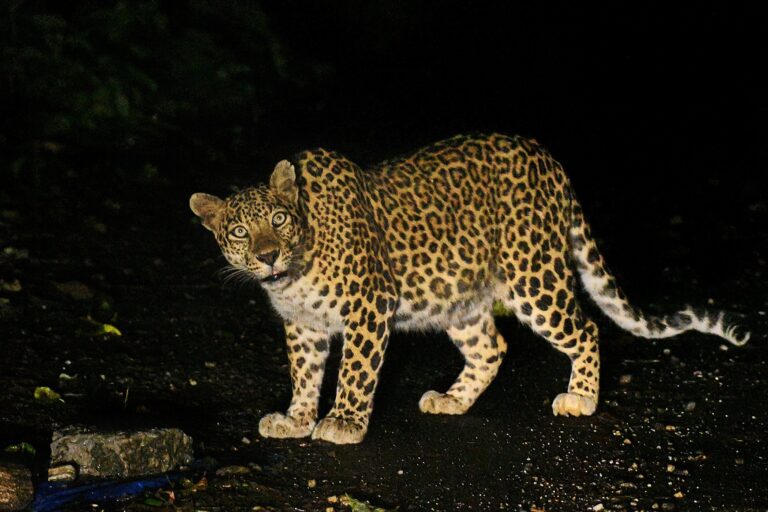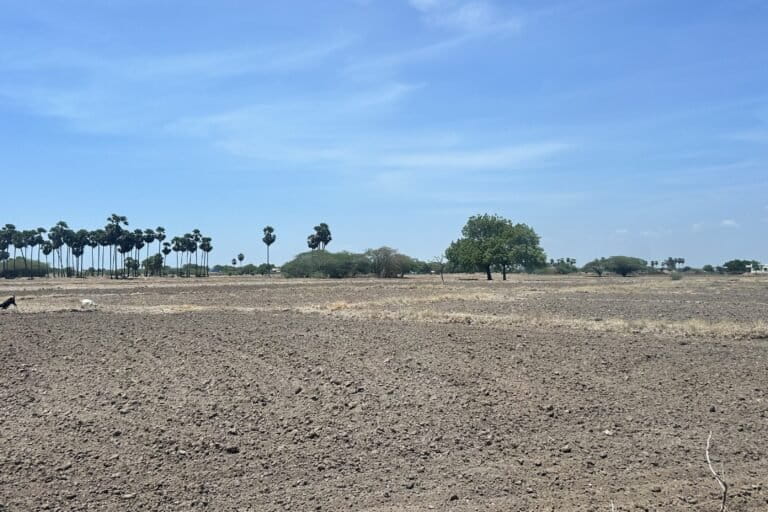- India has a strong countrywide network of protected areas for wildlife but it is increasingly under threat due to habitat fragmentation leading to them turning into islands of biodiversity ultimately threatening their survival.
- There is now increasingly a trend wherein the states are proposing the eco-sensitive zone around the protected areas to be of zero-extent, claiming that the ESZs will hamper infrastructure development.
- Experts and wildlife biologists believe the lack of a well-defined ESZ will disturb wildlife habitats and cause higher human-wildlife interaction, which can turn into conflict.
India has a countrywide network of protected areas (PAs) including wildlife sanctuaries, national parks and tiger reserves. Owing to the pressures of human habitation and infrastructure development projects the eco-sensitive zones (ESZ) around such protected areas are shrinking and in some cases, are near zero, or absent.
The ESZs are envisaged as a cushion or shock absorbers for protected areas. They are supposed to act as the transition zones from areas of high protection to less protection. The National Wildlife Action Plan 2002-2016 had identified them as “vital ecological corridor links” and stressed that they must be protected to prevent isolation of fragments of biodiversity.
The concept of the eco-sensitive zones around protected areas had first taken shape in January 2002 when during the meeting of the Indian Board for Wildlife a strategy was adopted that held that areas within 10 kilometres radius of the protected areas should be declared as eco-fragile zones and activities should be regulated in such areas. However, the states had raised concern against the 10 km criteria stating that this would end up covering all major human habitations and cities and would adversely affect the development. Subsequently, in 2005, it was decided that identification of ESZs around protected areas would be site-specific and would work on the principle of regulation rather than prohibition of activities.
Since then, this work has been going on. Even the National Wildlife Action Plan 2017-2031 calls for properly demarcating the boundaries of protected areas and carrying out zonation for their effective management.
The extent of such eco-sensitive zones could range from 0-10 kilometres and in some exceptional cases it can even go beyond that and a zero extent zone is, in effect, non-existent.
Over the years, the number of protected areas have also gone up in the country. At present, the number of protected areas (wildlife sanctuaries and national parks including tiger reserves) is over 660 and together they account for less than five percent of India’s total geographical area. The ESZs of the protected areas are finalised by an expert committee of the Union Ministry of Environment, Forest and Climate Change (MoEFCC) wherein the ESZ proposals presented by state governments are discussed and fine-tuned. Till June 2020 end), final notifications for 385 PAs and draft notifications for 161 PA have been issued.
Read more: Environment ministry unlocked many protected areas during the lockdown
States proposing bare minimum eco-sensitive zones
In the meetings of this committee, the states have brought proposals for declaration of the ESZs that, many times, are of bare minimum extent due to one reason or another. But wildlife experts believe such a practice is only going to intensify the human-wildlife conflict.
For instance, in the recent June 2020 and earlier in the March 2020 meeting of this expert committee, a proposal regarding the ESZ around the Mukundra Hills Tiger Reserve Sanctuary in Rajasthan was discussed. As per the proposal, an eco-sensitive zone of 0-1 kilometre extent was proposed around the reserve. In its March 2020 meeting, while discussing the project, the Committee had expressed concern that “the proposed ESZ is bare minimum and there is no scope of further reduction in extent.” Some experts had even pointed out that at one location, it is 300 metre from the core while it should be at least one kilometre.

Similarly, in the case of Maharashtra’s Chaparala Wildlife Sanctuary, the ESZ was proposed with an extent of 0-5 kilometres wherein the zero extent of the ESZ was proposed at two locations on the north-western side of the sanctuary where agricultural areas exist. The sanctuary has a high diversity of fauna and flora which includes Indian giant squirrel, leopard, blue bull, cheetal, sambhar, wild boar, mongoose, etc. As per the minutes, the committee recommended for finalisation of the draft in both the cases.
In the case of Kugti Wildlife Sanctuary in Himachal Pradesh, an ESZ of 0-1 km extent was proposed in the June 2020 meeting and it was noted that the zero extent of the ESZ on the south-eastern side is due to adjoining Dhauladhar Wildlife Sanctuary and in the northern side zero ESZ has been proposed due to “exhibiting snowbound mountains with glaciers and inaccessible terrains.”
On this, the MoEFCC’s expert committee urged the state to “include more area of snow-bound landscape in the northern boundary of the sanctuary” and submit a revised proposal. The sanctuary is an ideal habitat for Himalayan brown bear, Himalayan blue sheep, goral, Asiatic black bear, Himalayan ibex, Himalayan tahr, leopard, red fox, etc.
In the March 2020 meeting of the expert committee, in a proposal regarding Maharashtra’s Mayureshwar Supe Wildlife Sanctuary, an extent of 0-100 metres of the ESZ was proposed. It was revealed by the state government during the meeting that the zero extent of the ESZ at a certain point was due to “passing of National Highway near the boundary of the protected area.”
Wildlife Trust of India’s Head of Conflict Mitigation division Mayukh Chatterjee said that the “ESZs outside the protected areas is a cushion that every protected area needs and they are extremely crucial.”
“They are important for the animals moving out to other forests and thus they cannot be just for the namesake. Even the agricultural fields outside the protected areas are used by the animals to move across. For instance, a lot of territorial forests fall outside tiger reserves but constitute important patches that together within a mosaic of crop fields and other land uses form corridors that tigers habitually use for moving across habitats. Development along or around such areas will impair the corridor functionality and thus push tigers into more grave conflict situations,” Chatterjee told Mongabay-India.
Milind Pariwakam, a Wildlife Biologist (WCT) and a member of the IUCN Connectivity Conservation Specialist Group, emphasised that “it is vital that eco-sensitive zones be drafted in such a way as to include wildlife corridors, but this is rarely seen as the drafting committees only suggest 0.1 to 1 km ESZs.”
“The guidelines make it clear that an ESZ can go beyond 10 kms in case of corridors etc. but this is almost never seen in the ESZs. Another major problem is the lack of transparency. The ESZ maps in GIS (Geographic Information System) format should be made freely available to the common man. Right now it is a daunting task to access these maps,” Pariwakam told Mongabay-India.
Read more: Forests outside protected areas will be important to save Himalayan langurs: study
Well-defined ESZs crucial to avoid human-wildlife interaction
Over the years, areas around many of the protected areas have undergone tremendous change including rapid urbanisation. As a result, some of the protected areas are now in the middle of high-density human habitations.
One such case is related to Maharashtra’s Thane Creek Flamingo Sanctuary. In the February 2020 meeting, while discussing the ESZ of the Thane Creek Flamingo Sanctuary, the committee was informed that the ESZ of 0-3.5 kms extent has been proposed. The sanctuary is in the middle of the highly urbanised area of Mumbai and Navi Mumbai and it is close to Thane city. It has a rich diversity of avian fauna. It has recorded about 157 bird species including greater flamingo, lesser flamingo, grey plover, common sandpiper, etc.
During the meeting, the proposed zero extent of ESZ was justified by the state government stating that the ESZ towards the southern side of the sanctuary is bordering the Vashi Bridge and further south more commercial part of Thane Creek does not add any ecological value to the Sanctuary. The committee was told that the prohibitions and regulations in the ESZ are major impediments towards the development aspirations of the metropolitan city of Mumbai.
Similarly, in the north ESZ extent is zero. The committee was told that “immediately north of the sanctuary limit, the urban sprawl of Mumbai and Thane begins, which limits the scope of extending ESZ beyond the sanctuary boundary.” However, on the MoEFCC Committee’s observation that the forest area adjoining the sanctuary may be included in the ESZ, the Maharashtra government mentioned that the forest area is already protected and need not to be included in the proposed eco-sensitive zone. But the panel’s chairman suggested that inclusion of such forest area in the ESZ can help better protection of the area and fortification in legal standpoint following which the Maharashtra government agreed to explore the possibility of including such forest area in the proposed ESZ.

Assam-based wildlife activist Rohit Choudhury stressed that the ESZ is a mechanism devised by the government to safeguard the protected areas by creating a buffer/ cushion against the unsustainable, hazardous, and destructive activities but “by declaring ESZ as zero km, the very purpose of having ESZ around PA gets defeated.”
“It is better to do away with the ESZ than do its mockery by declaring zero km ESZ. It is important to understand the implication of having zero km ESZ. Having a zero km ESZ is paying lip service to the main objective of having ESZ around PAs … it does not offer any kind of protection to the PAs from long-term threats like mining, polluting industries and unsustainable development,” Choudhury told Mongabay-India.
He, in fact, stated that “if any of the prominent PAs have zero km as ESZ then rest assured you can be confident that land and the business mafia is at work.” “Many times, even forest officials who are supposed to safeguard the future of the PA/forest of which they are custodians, end becoming advocates of so-called ‘development’ for securing their own posting tenures. For their own self-interest, they decide to sacrifice the long-term future of the PA by manipulating important provisions such as ESZ.”
WTI’s Mayukh Chatterjee said that decreasing the protection of such areas, inevitably leads to blocking of the edges by promoting dramatic land-use changes in what should have been ideally protected as the ESZs. “This is definitely going to hamper the wildlife movement and lead to higher instances of human-wildlife conflict. Take the instance of Bandipur Tiger Reserve, where years of absence of any ESZs has led to mushrooming of resorts and holiday homes in many parts of its edges. Declaration of a well assessed ESZ will provide respite from such blocking of the edges of the reserve.”
Banner image: The eco-sensitive zones are crucial for the safe movement of animals beyond the protected areas. Photo by Rudraksha Chodankar/Wikimedia Commons.













